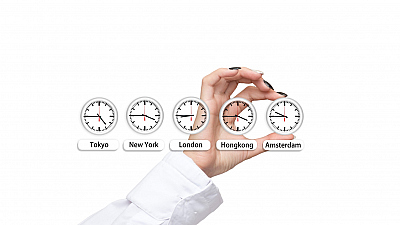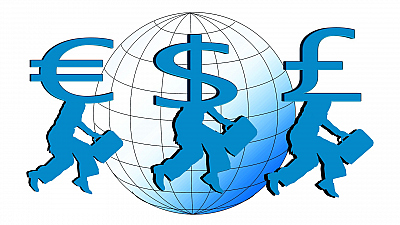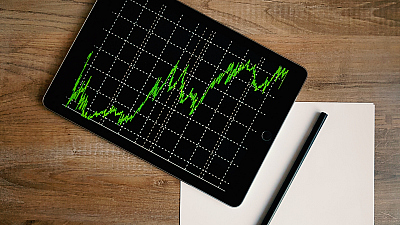Trading psychology refers to the emotional and mental state of traders, something that can at times drive the markets. It represents various aspects of the traders’ character that influence their performance. Although each and every person in the markets is a different individual, there are some basic emotions that can describe the choices they make.
Fear and greed are two opposite to each other emotions that can harm a trader’s performance.
Fear would lead to prematurely closed out positions.
Like a trader who, seeing his position turn to small profit, closes it before its full development. Trading is a rational process that is not for the faint-hearted.
Greed, on the other hand, leads to taking too much risk.
This can be opening high-risk speculative positions, or not closing the position even when it reaches its profit target. It always feels nice to have a profitable trade, but self-control and discipline, and not greed, are the qualities that will contribute to your success.
MARKET SENTIMENT
The financial markets react to objective factors, such as interest rates, inflation, economic reports, etc. But because humans are those who make the decision to buy or sell, the markets are also influenced by more irrational factors, such as the human emotions. The emotions of all the traders in a market make up the market sentiment.
When enough people feel the same way, they can move the price.
Sentiment can lead the price up, higher than the reasonable intrinsic value of an asset and cause a bubble. Or it can drive the price down, inviting panic to lead the way to a massive sell-off.
Of course, these are the extreme boundaries of what sentiment can do. Under more normal everyday conditions, sentiment acts more like a habit. If we consider an uptrend that has been developing well for some time but is beginning to lose strength, it might be sentiment that keeps the prices going a bit further up than they should.
There is also the basic human need to be part of the group.
Let’s imagine the traders in one room wondering whether to join the bulls or the bears. One decides to join the bears, two decide to join the bulls. The probability of the majority of traders joining the bulls exceeds by far the opposite option. Even those, who have initially chosen the bears are likely to turn to the other team.
To grasp the big picture, we must understand that price action is a balanced combination of facts and emotions.
A trader has to have a good understanding of how sentiment influences the price, so that he takes a well-informed decision.
GOING AGAINST THE CROWD
Being part of the herd feels safe. Thankfully, there are individualists that look beyond the common truth and try to find a possibility before anyone else. These are well-prepared, experienced, informed players that often trade against the others. They trade with higher risk, but the prize is riding the wave from the first moment of its formation to the last.
The best way, as usual, is the balanced way.
Going along with the crowd is not a bad decision. But you have to keep your eyes open and analyze. When you see signals that the trend is about to change, you have to leave the group and follow your trading principles.
PROPER MINDSET
The greatest goal for every trader is to minimize the losses and maximize the profits. But to be able to achieve that, the trader must have the proper mindset when it comes to winning and losing.
It is a mistake to celebrate your victory, while ignoring the failure.
The path to success goes through paying great attention to failure.
It is how you react to it that could propel you forward.
Every trader will face a loss. The important thing is how you respond to it.
Some would refuse to quit. They would continue trading, doubling their efforts to make up for the loss, taking riskier and larger positions.
Others would stop trading for a while. They would try to regain their emotional equilibrium. They would be determined to not let frustration govern their trading.
Neither of those two attitudes describe the proper mindset. The best you can do is stop trading and stay with your charts. You must understand what went wrong, analyze, find the source of the poor trade, figure out your error.
Make use of your mistakes and turn them into something to learn from.
PURPOSE OF TRADING AND CHECKPOINTS
Once you have the proper attitude, you need to define your purpose of trading.
You should have a general idea of where you are, what your plan is, and how you are going to achieve it.
First, you need to decide whether you’ll trade for a living and trading will be your main source of income, or it will rather be a way to make some extra money, or maybe even trade for a hobby. Your trading style, strategies and profit targets should be set according to your general idea.
You should clearly define your long-term, end goal.
You need to have a clear vision of what will be your definition for success. Staying positive is a good thing, and that means clear objectives and defined goals.
Dividing your long-term path into short-term checkpoints is very helpful. Instead of feeling frustrated or annoyed of not being there yet, you can define small steps towards success and celebrate each accomplishment along your way.




